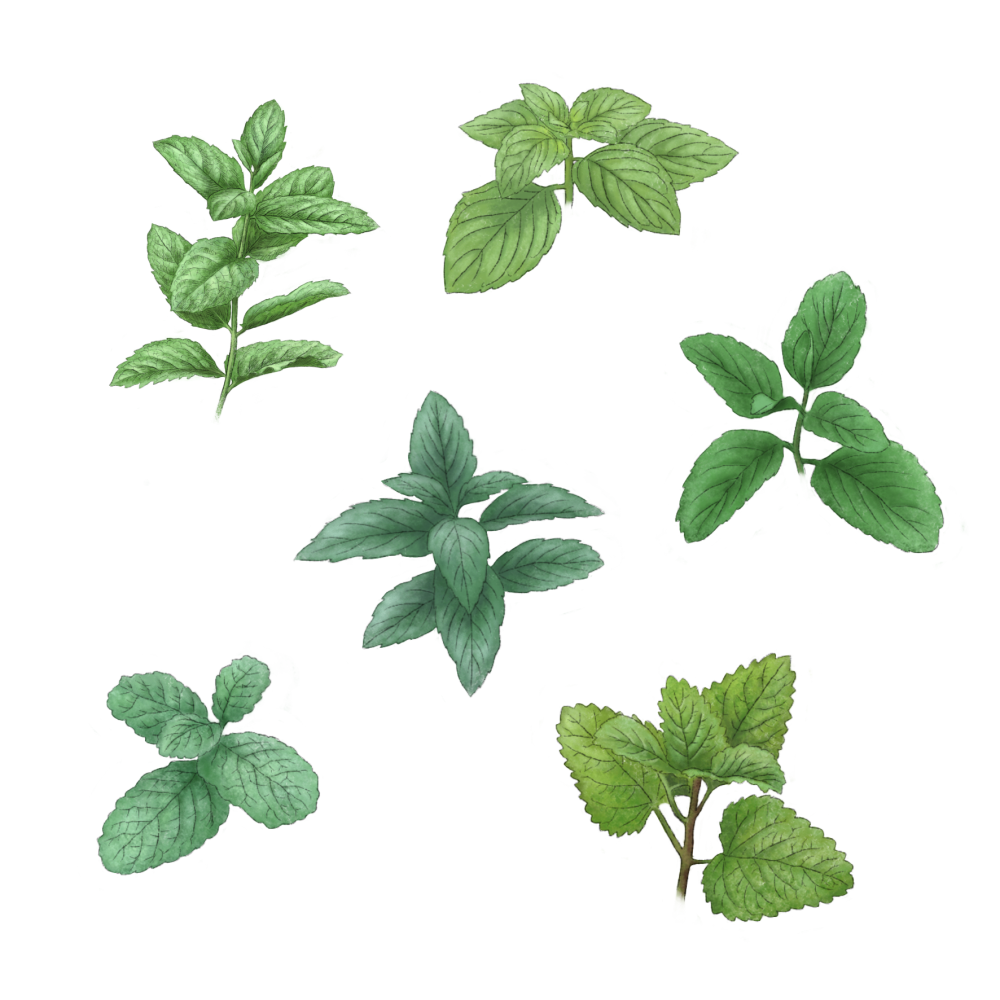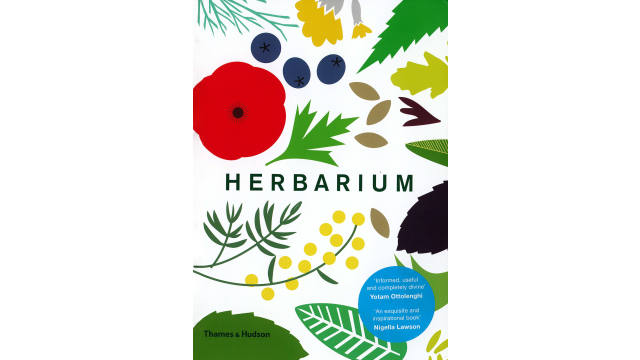Mint

Latin name: Mentha piperita L.
Other names: Mentha
Uses: flavoring, herb, preserves & chutneys, tea, aromatherapy
What is mint?
Mint is a perennial herb long cultivated for its culinary and medicinal value. — and it’s one of the world’s favorite flavors. There are dozens of varieties of mint, each with different aromatic nuances. While peppermint and spearmint are most popular, lending their bracing cool to a million breath-fresheners, other types (apple mint for its characteristic scent, orange mint for its citrus flavor, mountain mint for its assertive, savory edge) are worth seeking out.
Why is mint healthy?
Mint can improve more than your breath. Menthol, the compound responsible for that famous flavor, can also promote respiratory health and reduce gut inflammation. In Chinese medicine, mint is highly regarded for its benefits to the liver, lungs, large intestine, and even the brain. Ayurveda prizes mint for its compatibility with all three doshas.
What does mint taste like?
Mint has a sweet stevia-like flavor and follows its strong flavor with a cool sensation. Some varieties may have a hint of mild bitterness.
How do I use mint?
Fresh mint leaves are added to salads, drinks, and teas, or cut into strips (chiffonade) to garnish soups. In Vietnam, sprigs of mint are common as a garnish for phở; leaves are wrapped into gỏi cuốn.
What does mint pair well with?
Mint pairs famously well with chocolate in a variety of confections. Dried mint leaves can be added to sauces or stews and simmered. Because of its strong flavor, a little goes a long way.
Where does mint grow?
Mint generally grows best in moist soils under moderate shade. It is usually propagated using existing roots and is one of the easiest to grow kitchen herbs — just beware,; it spreads aggressively. While it is indigenous to Europe, India, and the Middle East, it is now cultivated worldwide. Some form of wild mint may well grow right near you, wherever you live.
How to buy mint:
Look for bright green leaves that aren't turning brown.
Fun mint fact:
Mint has been found in the Egyptian tombs from as far back as 1,000 BCE, most likely used to mask the smell of decay. The herb gets its name from Greek mythology: the goddess Persephone suspected her husband Hades, god of the underworld, of having a tryst with a nymph named Minthe. In a jealous rage, she transformed the lovely nymph into a perennial herb. Hades, unable to counteract his wife’s spell, bestowed Minthe with a sweet smell so that she would continue to delight those who came in contact with her.




